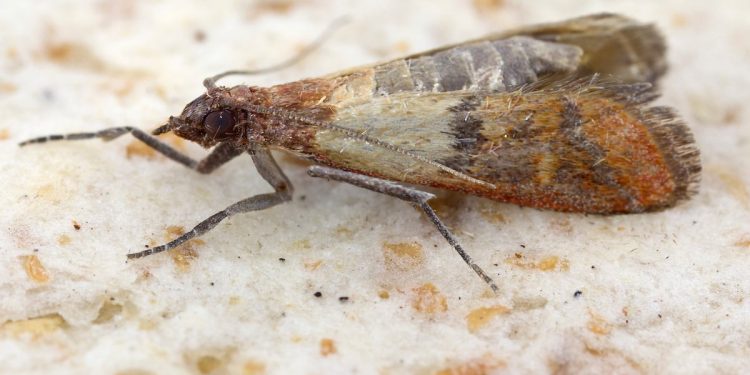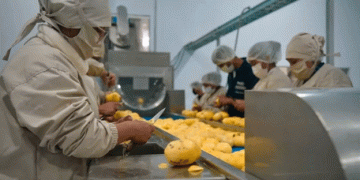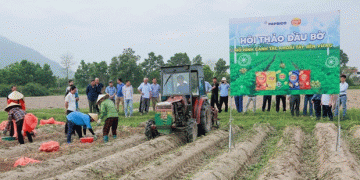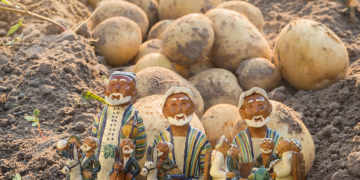#CombattingPhthorimaeaOperculella #PotatoMothMenace #PotatoCrops #PestControl #BiologicalControl #CulturalControl #EconomicLosses #FoodSecurity
Phthorimaea operculella, commonly known as the potato tuber moth or potato moth, is a pest that infests potato crops around the world, causing significant damage and losses. This insect feeds on both the leaves and tubers of potato plants, making it a formidable threat to potato farmers everywhere.
The development of the potato moth starts with the female laying eggs on the leaves of the potato plant. After hatching, the larvae burrow into the plant and feed on the leaves and tubers. The damage caused by these pests can lead to significant yield losses, and in severe cases, it can render entire potato crops unusable.
To combat the potato moth, farmers and researchers have developed a range of techniques, including the use of pesticides, cultural control methods, and biological control measures. Pesticides are commonly used to kill the larvae and adult moths, but their effectiveness can be limited due to the moth’s ability to quickly develop resistance to chemicals. Cultural control methods, such as crop rotation and the use of resistant potato varieties, can also help reduce the impact of the potato moth. Biological control measures involve the use of natural predators, such as parasitic wasps and nematodes, to control the potato moth population.
The consequences of a severe potato moth infestation can be devastating for potato farmers, resulting in significant economic losses and potential food shortages. Therefore, it is crucial to develop effective strategies to combat this pest and minimize its impact on potato crops.
In conclusion, the potato moth is a significant threat to potato crops worldwide, but there are various methods to combat its destructive impact. By employing a combination of cultural, biological, and chemical control measures, potato farmers can protect their crops and maintain a stable food supply for the world.






